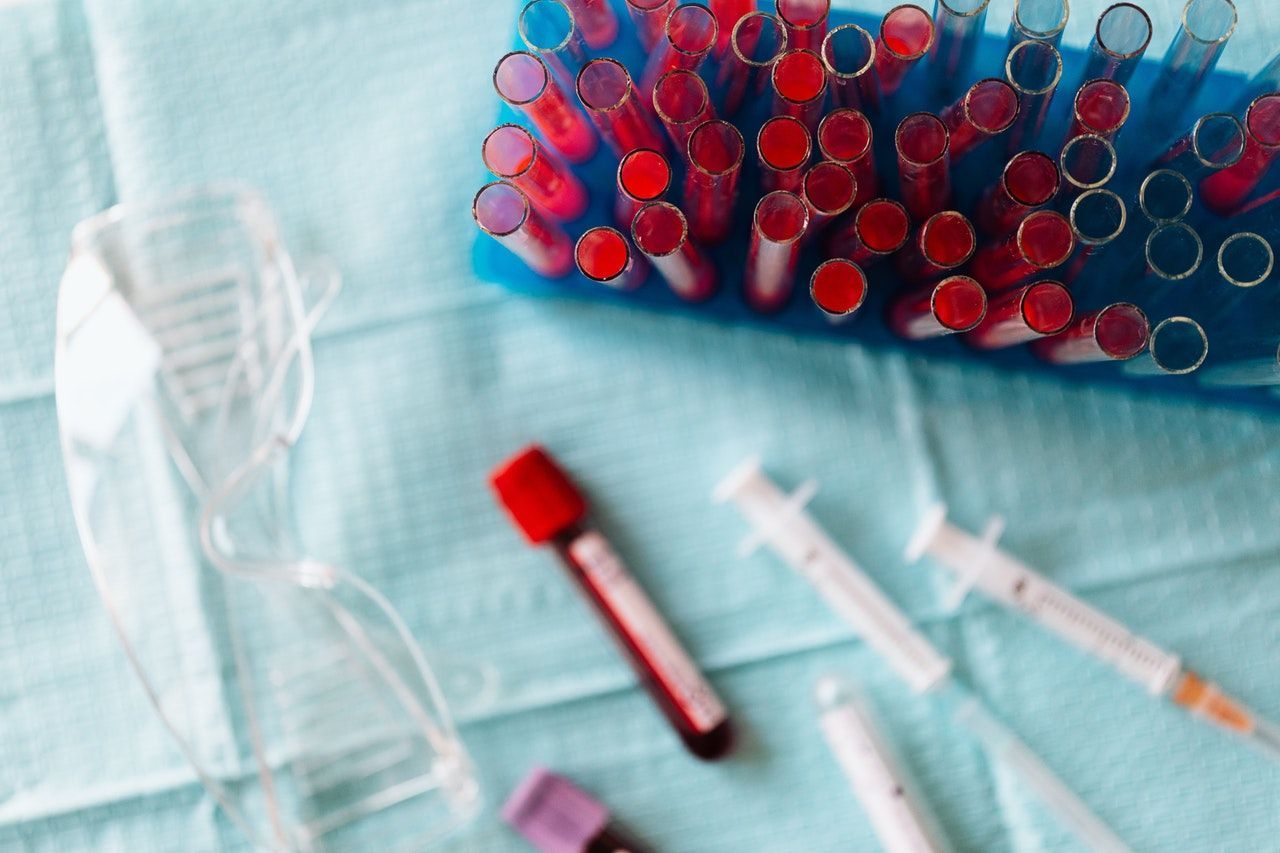
Lower Limb Examination
The lower limb neurological examination is part of the neurological exam that focuses on the motor and sensory neurons that innervate the lower limbs. It is useful in identifying pathology that effects the lower limbs. The key components of this examination are; tone, power, reflexes, sensation and function. The ability to test them in a systematic and slick manner is one of the key requirements as a medical student. Although often neurological examinations are dubbed as the harder ones in OSCEs, if you begin by understanding what each nerve does and what signs/symptoms to look for then it becomes a case of pattern recognition. Pathology found in the lower limb neurological examinations can vary from upper or lower motor neurone lesion, peripheral neuropathy or multiple sclerosis.
Introduction
- Wash hands
Wash your hands using the Ayliffe technique
2. Introduce yourself
Introduce yourself and give your name and grade
3. Check patient details
Clarify patients identity by confirming name and asking for their DOB
4. Describe examination
Explain what examination you are performing and what it involves
5. Gain verbal consent
6. Offer a chaperone
Ask if they would like a chaperone
Peripheral Examination
- Position patient at 45 degrees
Initially lie the patient at 45 degrees and expose the lower limbs.
2. End of bed inspection
Inspect the patient from the end of the bed and look for the following:
Patient:
Muscle bulk
- Decreased (Lower motor lesion, late on upper motor lesions)
- Increased (muscular dystrophy)
Tremor
- Slow coarse tremor unilateral (Parkinson’s Disease)
Abnormal movements
- Fasciculation - irregular twitches under skin (Lower motor neurone disease in wasted muscle)
- Myoclonic jerks - sudden contractions (Epilepsy, brain damage, dementia)
- Chorea - writhing movements (Huntingtons chorea)
Adjuncts:
- eg. any supplemental O2 (%), IV lines, infusions, catheter
Paraphernalia:
- Walking aids, wheelchair
Neuro examination
1. Inspect for tone
Ask the patient to rest their legs and move them side to side. Inspect both the right and left and compare. Move the legs slowly then quickly to check for rigidity and spasticity.
Ask the patient to relax and go floppy when checking tone and reflexes.
Tone:
- Hypotonia/flaccidity - reduced tone associated with muscle wasting, weakness and reduced reflexes (Lower motor neurone disease)
- Hypertonia/rigidity - (picked up on slow movements) increased tone associated with increased reflexes (Upper motor neurone disease)
- Cogwheel rigidity - jerky movements (Parkinson’s disease)
- Spasticity - (picked up on quicker movements) a catch found on quick movements (upper motor neurone lesion)
2. Inspect for power
Inspect the power in the lower limb by asking the patient to apply force against the direction you are pushing or pulling. Compare the right and left sides at the same time. Check the joints below for the following:
Hip
- Abduction, adduction, flexion and extension
Knee
- Flexion and extension
Ankle
- Flexion and extension
Toe
- Flexion and extension
3. Test the patients reflexes
Use a tendon hammer to illicit the patients reflexes. Test the following three reflexes and compare the right to left side:
- Knee reflex (L3, L4) - ask the patient to bend their knee and support it from underneath. Strike the patella tendon inferior to the patella.
- Ankle reflex (S1) - Rest the leg to the side with the knee and ankle at 90 degrees. Strike the achilles tendon.
- Plantar response (S1, S2) - hold the leg and using a blunt object run it along the lateral border of the sole.
SPECIAL TEST
- Clonus - rest the leg to the side with the ankle and knee at 90 degrees. Hold the lower leg and push the ankle up briskly and hold. Greater than 2 beats of downward movement is abnormal.
To reinforce the reflex, ask the patient to hold their hands together and pull.
- Increased response (upper motor neurone lesion)
- Decreased response (lower motor neurone lesion)
4. Inspect for sensation
Inspect the lower limbs for sensation to light touch, pain, vibration and proprioception. Examine each dermatome and compare right to left.
You can only examine with the tools that you have been given. Therefore, if you are not provided with a neurotip or 128Hz tuning fork, you will not be able to test pain and vibration. The minimum you will be expected to do is gross sensation “Can you feel me touch you here?”.
Light touch (Large fast-conducting axons)
- Examine both sides. Compare each side to see if there is a loss of gross sensation in area. Does this fit a dermatome or cutaneous nerve pattern?
Pain (Spinothalamic tract)
- If you are provided with a neurotip, now check if they can appreciate the difference between light touch and pain. Ask them to keep their eyes open as you demonstrate the difference on either their hand or sternum. Then ask them to close their eyes and ask them whether you are pressing with the sharp / dull end of the neurotip.
Vibration (Medial lemniscus)
- Again if provided with a 128Hz tuning fork test for vibration sensation. Initially demonstrate on either their stenum or hand. Place the tuning fork on bony protuberances distally working your way proximally.
Proprioception (Dorsal columns)
- Test for proprioception by demonstrating to the patient when their joint is up or down. Ask them to close their eyes and tell you whether you have placed a joint pointing up or down. Start with the most distal joint and work your way proximally.
5. Test the coordination of the lower limbs
Test the coordination of the lower limbs by asking the patient to do the following
Heel-shin test
- Initially with their eyes open ask them to draw an imaginary line with their heel on the opposite shin from the shin to the foot. Ask them to close their eyes and repeat as quickly as they can. Compare the right side to the left.
End of examination
- Thank patient
Let the patient know you have finished examining them and thank them for their time. Be courteous and offer them help to get redressed.
2. State other exams for completion
Turn to the examiner and state what else you would do to complete the exam.
3. State what tests you would perform
Explain to the examiner what tests and investigations you would perform
- Dip/MC&S - infection
- FBC - Infection
- U&E - Hyperkalaemia, Hyponatraemia
- LFT - Metastases
- B12 / folate - peripheral neuropathy
Doctor Khalid Newsletter
Join the newsletter to receive the latest updates in your inbox.




